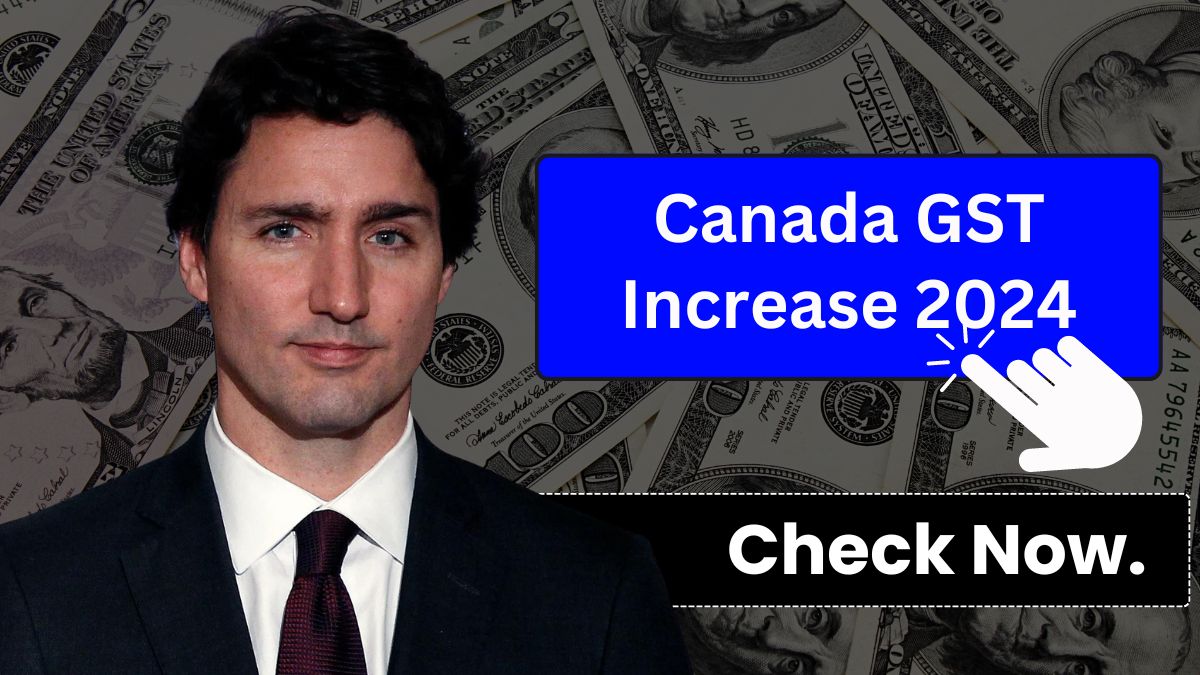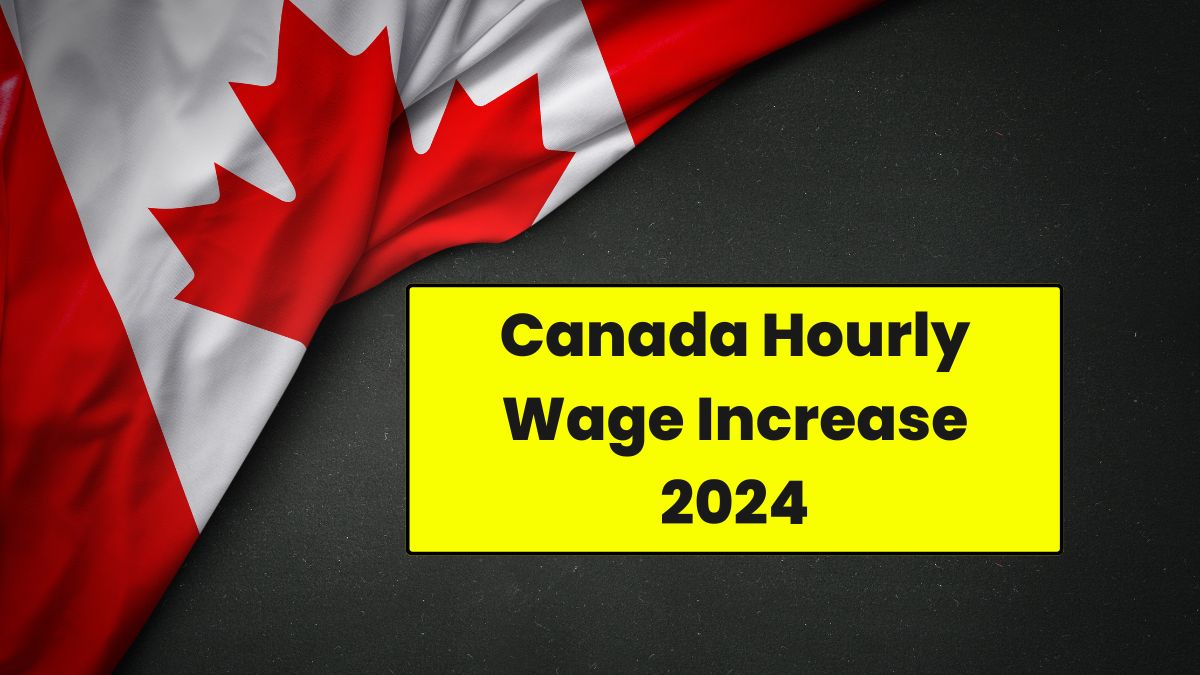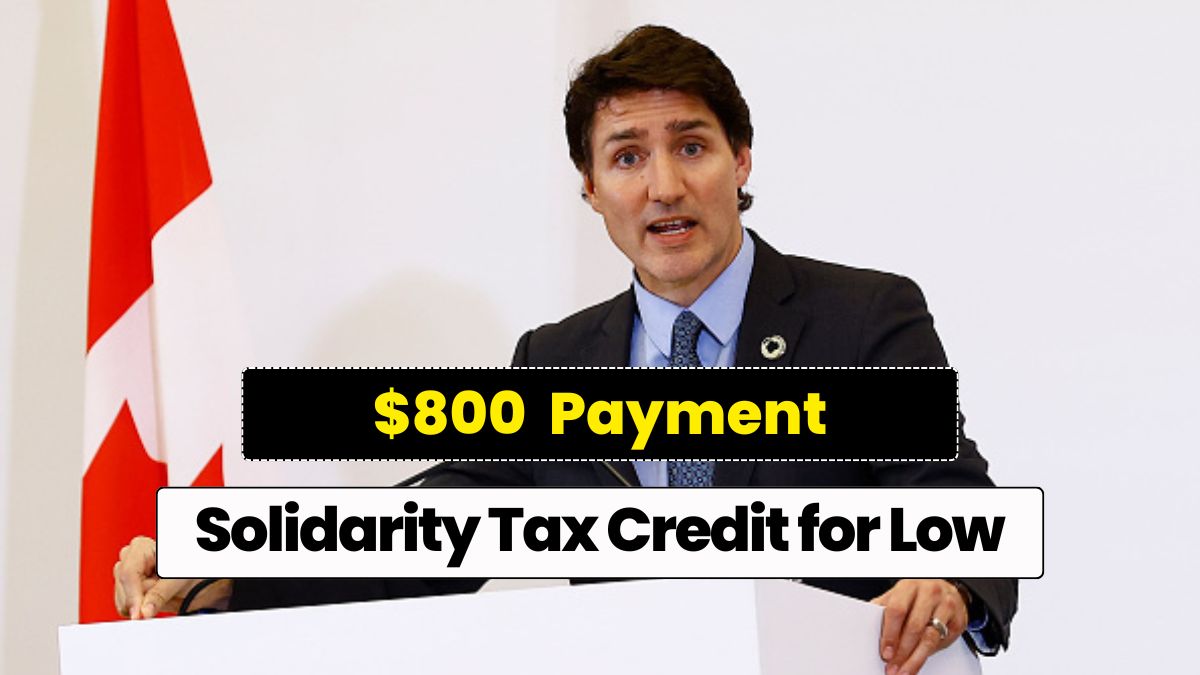Canada GST Increase 2024 – The Goods and Services Tax (GST) is a value-added tax that applies to nearly all products and services in Canada. Canada’s GST rate would increase from 5% to 9% on January 1, 2024 under a two-stage hike planned in the federal budget. This move will affect consumers and businesses in Canada as well as the government’s revenue and expenditures. As well as the CPI, goods and services taxes are applied to items purchased.
The downloaded services are also subject to the Canada GST Increase 2024. GST is applied to each product individually. Canada’s GST rate is 7.2%. The Canada GST Payment 2024 is a tax-free quarterly allowance for low- and middle-income individuals and families. Credits are distributed by the government in light of several factors, including children, marital status, and income. Check out this article to find out how much GST will increase in 2024.
Canada GST Increase 2024
During this page, you will learn about how GST works in Canada. GST is a tax levied on goods and services manufactured in Canada, and it applies to both buildings and land, as well as retail products. HST is implemented by several Canadian provinces in coordination with their local sales taxes. GST-registered individuals pay the tax when they purchase goods and services. The GST rate in Canada is currently 5%.
Further information will be released by the Canadian government in 2024 regarding whether the GST rate will increase. The current GST rate in Canada is 5% and applies to taxable supplies acquired by GST registrants. Canadians will have to wait for government announcements to see if any changes are planned regarding a possible Canada GST Increase Rate 2024.
In 2024, how much will GST increase?
A tax payment is required for products and services produced and supplied within Canada, which includes real property, such as lands, buildings, etc., as well as retail products. Several Canadian provinces use a tax system known as harmonised sales tax, which combines the GST and local sales tax. GST registrants are responsible for collecting GST when purchasing goods and services.
Currently, Canada’s GST rate is 5%. This is the GST rate that applies to supplies that are subject to taxes. More details on whether the GST will increase in Canada in 2024 will be released by the government. This page will tell you when the new GST rate will be imposed in Canada.
In Canada, how does GST work?
As a general rule, GST registrants impose fees and collect GST on taxable items. They are also responsible for reporting the tax collected. Certain suppliers are exempt from GST, and certain items and services are exempt. These registrants are responsible for completing the GST.
The difference between tax-exempt and zero-rated supplies is not significant for consumers since neither has an appropriate tax. However, registrants are eligible for ITCs for the GST they pay on purchases for zero-rated goods.
A comparison of the current GST rates across Canada
Some provinces combine sales taxes and GST, while others have different rates. The following table shows the GST/HST rates that are in effect in each province: Some provinces use a combination of provincial sales tax and GST. Thus, they have implemented a variety of GST/HST rates. Some provinces do not combine the GST rate with the provincial sales tax, instead using a single 5% GST rate.
| Province Name | GST/HST Rate |
|---|---|
| Yukon | 5% |
| Quebec | 5% |
| Manitoba | 5% |
| New Brunswick | 15% |
| Northwest Territories | 5% |
| Nova Scotia | 15% |
| Nunavut | 5% |
| British Columbia | 5% |
| Saskatchewan | 5% |
| Ontario | 13% |
| Alberta | 5% |
| Prince Edward Island | 15% |
| Newfoundland and Labrador | 15% |
What is the expected date of implementation of the new GST rate in Canada?
As of yet, no information is available regarding Canada’s new GST rate increase in 2024. Currently, the GST rate is 5%, and it is probably going to stay that way in the foreseeable future. If the government debates raising or lowering the GST rate, it will notify the public, however. As a result, a higher GST rate might result in an increase in the cost of goods and services, but it might also result in a higher GST credit for individuals. Taxes will also be lowered on other commodities in tandem with the GST drop












